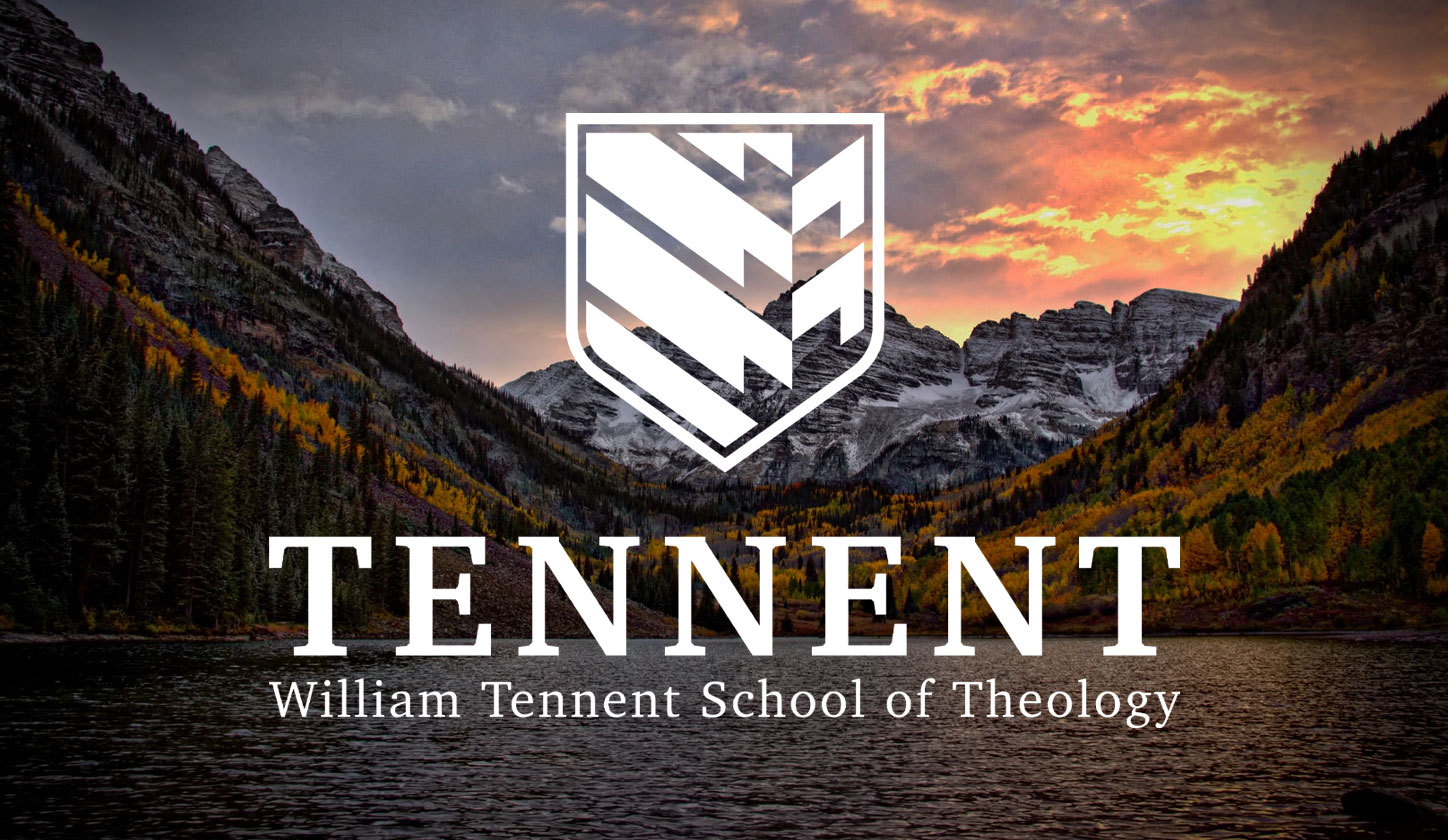This is part three of a four-part series on a new model of seminary training.
Light and Heat
Martyn Lloyd-Jones once lamented the state of theological education:
The tragedy is that many lecturers simply dictate notes and the wretched students take them down. That is not the business of a lecturer or a professor. The students can read the books for themselves; the business of the professor is to put that on fire, to enthuse, to stimulate, to enliven (The Puritans: Their Origins & Successors).
At William Tennent School of Theology, academic rigor (light) and heartfelt engagement (heat) go hand in hand. Our course of study is not a hodgepodge of disconnected classes, but a carefully curated program aimed at producing thoughtful, intellectually engaged students who passionately pursue Christ and serve Him wholeheartedly. How?
Incarnation and Integration
Our educational philosophy could be summed up in two words: incarnation and integration. While we praise God for the many opportunities that online education has created, we have a theological basis in the incarnation for believing that life-on-life interactions are where real transformation takes place. For this reason, students spend two weeks every term at in-person residencies in Colorado, building real, lasting relationships with one another and with faculty. Between residencies, students read, write, and reflect on a rich feast of classics.
Moreover, we believe that integration—between the head and heart, the academy and the church, work and family, and finally, between academic disciplines—is essential to the learning process. At Tennent, we don’t offer individual classes, we offer an intentionally integrated course of study that follows the general flow of the biblical metanarrative: Creation, Fall, Redemption, and ultimately Restoration.
The Spine of our Study
We have intentionally chosen to eliminate busywork in favor of a deep dive into four key areas: Historical Theology (HT), Old Testament (OT), New Testament (NT), and Applied Theology (AT). At each residency, every student takes classes, together, in all four of these disciplines.
Historical Theology provides a spine upon which the rest of the curriculum is built. Our courses follow the chronology of theological development from the early church to today, while simultaneously following the narrative arc of Scripture. This creates a rich feast for the seminary student, allowing us to touch on all 66 books of the Bible.
In the first term, for instance, while studying Trinitarian and Christological controversy in the early church (HT), students study the interplay of the Trinity in the Torah (OT), Christ (fully God and fully man) in the Synoptic Gospels (NT), and Spiritual Leadership/Philosophy of Ministry (AT). This is fertile ground for students to make connections between the disciplines.
Theology as Doxology
Ultimately, however, as much as we hope students connect the dots between classes, we want them to see that theological study is meant to lead us to worship. As J.I. Packer brilliantly put it, “theology is for doxology” (Concise Theology).
In fact, to fail to worship is to undercut the truth that we claim to understand. Yet all too often, in our day and age, the study of theology, which should kindle all of our affections for Jesus, is little more than a collection of well-reasoned arguments concerning God. Theology is for doxology. And when done rightly, it is doxology—it’s an act of worship. Our prayer is that we would come to such a subject with the proper respect and awe and the whole-hearted devotion it deserves.
In the final post, we’ll explore the when & where of this new model of seminary training.

